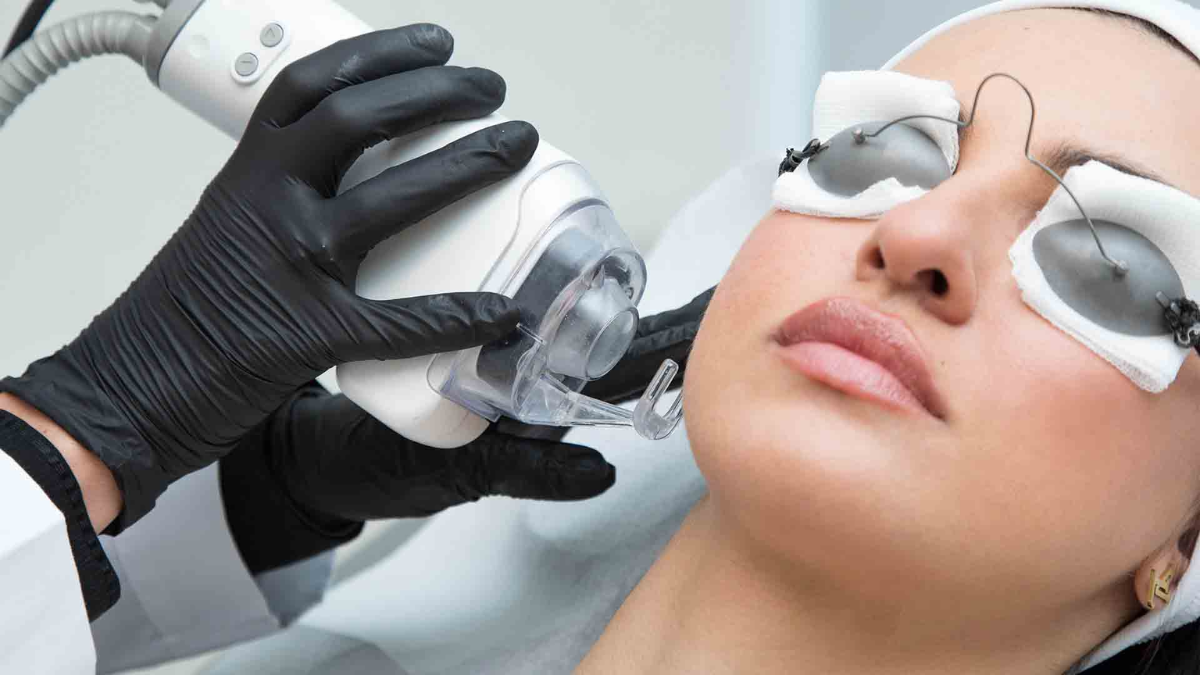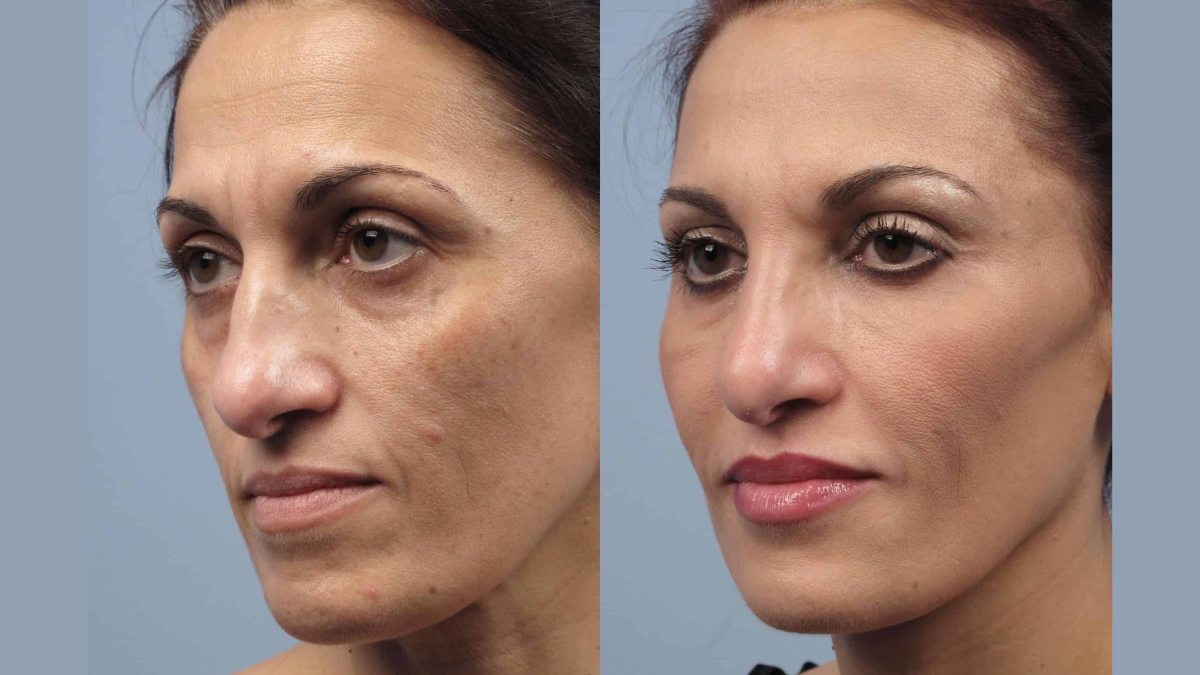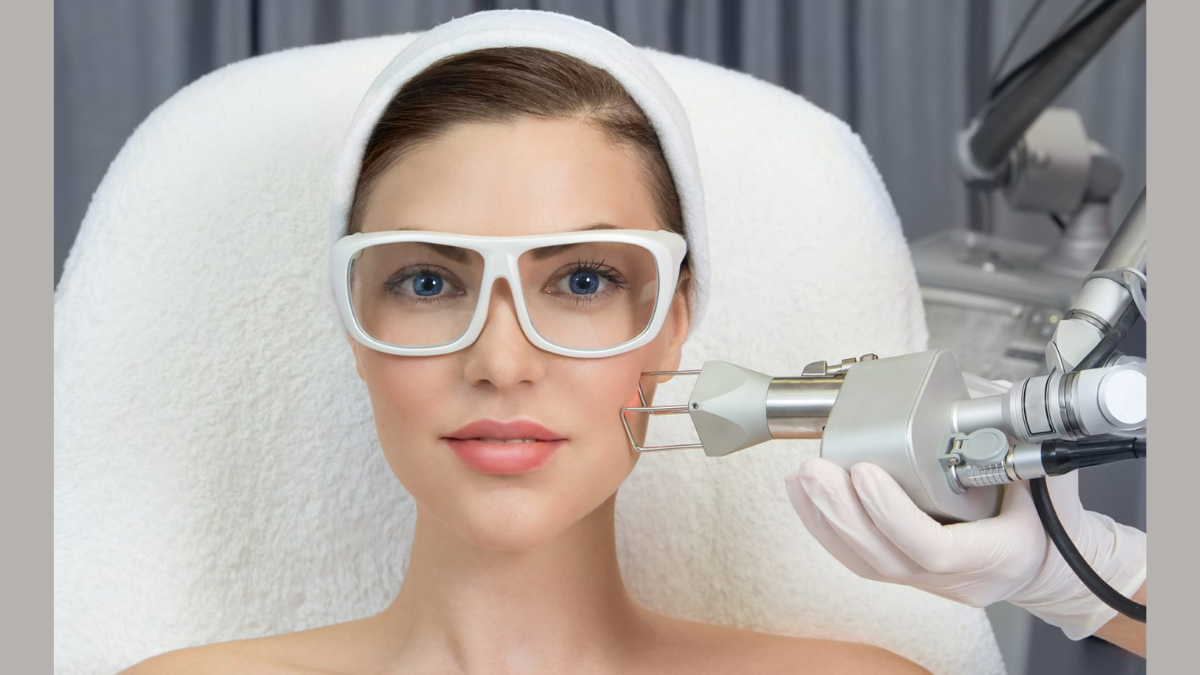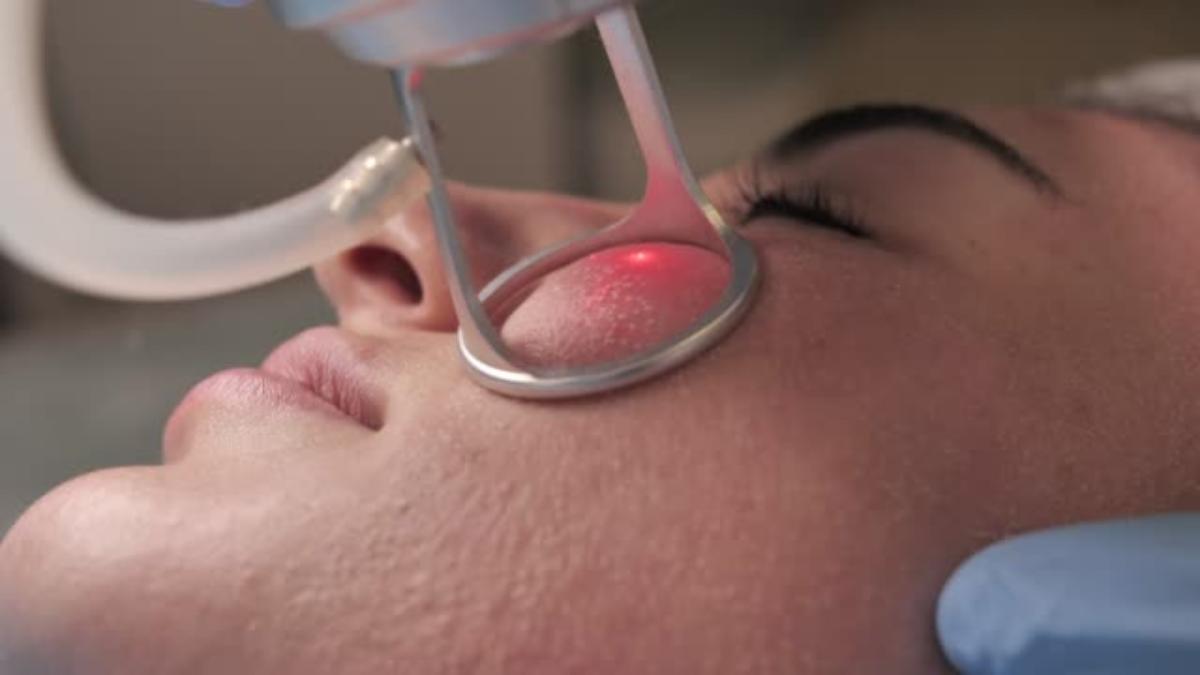
From skincare serums to snail mucin, TikTok has become the modern-day beauty encyclopedia. Now, the newest trend lighting up For You Pages everywhere is the fractional CO2 laser treatment — touted by influencers as the ultimate solution to stubborn acne scars. But as its popularity soars, many are asking: Is it really as safe and effective as it seems? Here’s a deep dive into what this treatment actually is, what it does for your skin, and what you need to know before hopping on the laser bandwagon.
Table of Content:-
What Exactly Is a Fractional CO2 Laser?
The fractional CO2 laser is a dermatological procedure that uses a highly concentrated beam of light to treat skin imperfections. But unlike traditional lasers, this one targets fractions or microscopic zones of the skin, leaving surrounding tissue untouched. This strategy allows for faster healing and reduced downtime while still offering dramatic results.

Essentially, the laser creates thousands of tiny injuries in the skin, prompting your body to produce collagen, a vital protein that strengthens skin and smooths out scars, fine lines, and other irregularities. Over time, this regeneration process leads to a smoother, more even complexion.
What Kinds of Acne Scars Does It Treat?
Fractional CO2 laser treatment works best on atrophic or depressed scars, such as:
Also Read: Triptii Dimri Reveals The Intense Workout Needed To Burn Off ‘Two Plates of Momo’
- Boxcar scars (broad with sharp edges)
- Rolling scars (wave-like indentations)
- Icepick scars (narrow, deep pits)
It’s less effective on raised scars like keloids or hypertrophic scars. While it may help reduce some of the discolouration, those with significant pigmentation may require additional treatments like chemical peels or microneedling combined with topical products.

What Happens During and After a Session?
A session typically starts with a numbing cream applied to the skin for comfort. The procedure itself takes between 30 to 60 minutes, depending on the area being treated. During the session, you may feel a warm, tingling sensation as the laser moves over your skin.
Post-treatment, your skin will look red and feel sunburnt for several days. Mild swelling and peeling are also common. Dermatologists recommend avoiding direct sun exposure and sticking to a gentle, hydrating skincare routine during recovery. Healing usually takes 5 to 7 days, but the full results unfold over a few months as collagen continues to rebuild.
Also Read: Anthony Anderson Opens Up About Developing Gout From Eating Too Much Shellfish In New Orleans
How Many Sessions Do You Need?
There’s no one-size-fits-all answer. Some people notice a visible difference after just 1 to 2 sessions, while others may require 3 to 4 treatments, typically spaced a month apart. Factors such as the severity of scars, skin type, and overall health play a role in determining the right course.

Is the Treatment Really Safe?
In expert hands, yes — fractional CO2 laser treatment is generally safe. However, there are a few caveats:
- Side Effects: Redness, swelling, peeling, and temporary darkening of the skin (especially in deeper skin tones) can occur.
- Risks: If performed by an unqualified provider, there’s a chance of infection, hyperpigmentation, or scarring.
- Not for Everyone: People with very sensitive skin or certain medical conditions may not be ideal candidates.
The most important takeaway? Always consult a board-certified dermatologist before beginning laser treatment. They’ll tailor the procedure to suit your unique skin tone and scar type, minimising risks and maximising results.
Is It Worth the Hype?
Fractional CO2 laser treatments might not be an overnight miracle, but they offer significant, long-lasting improvements for acne-scarred skin when done correctly. While TikTok may highlight the glowing “after” photos, it’s essential to understand the full process, including the downtime and commitment needed.
So, if acne scars have been a lingering issue and you’re ready for a more aggressive — yet scientifically backed — solution, this viral treatment could be worth exploring. Just remember: trends come and go, but your skin deserves expert care that goes beyond the scroll.
Also watch this video
How we keep this article up to date:
We work with experts and keep a close eye on the latest in health and wellness. Whenever there is a new research or helpful information, we update our articles with accurate and useful advice.
Current Version